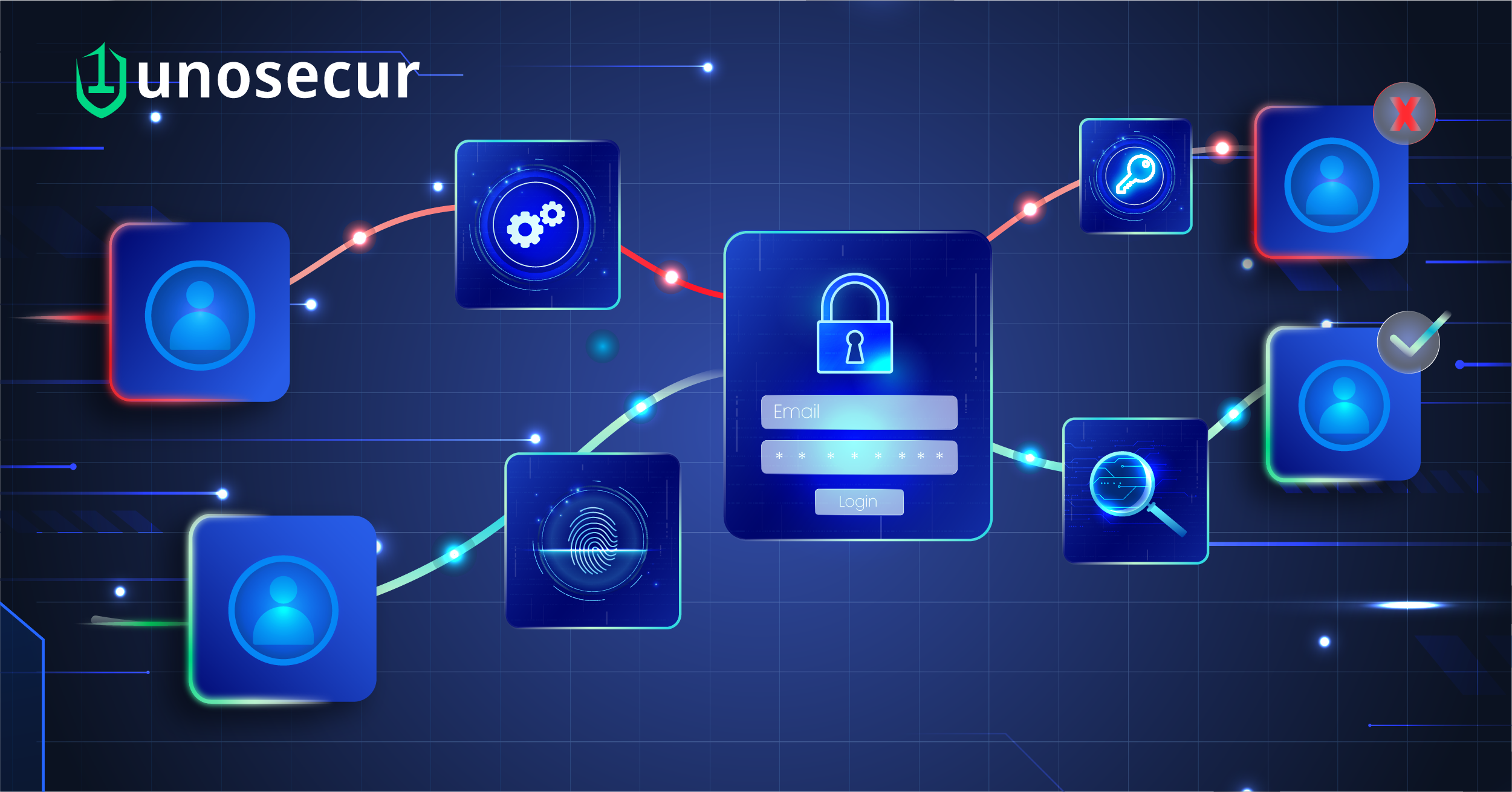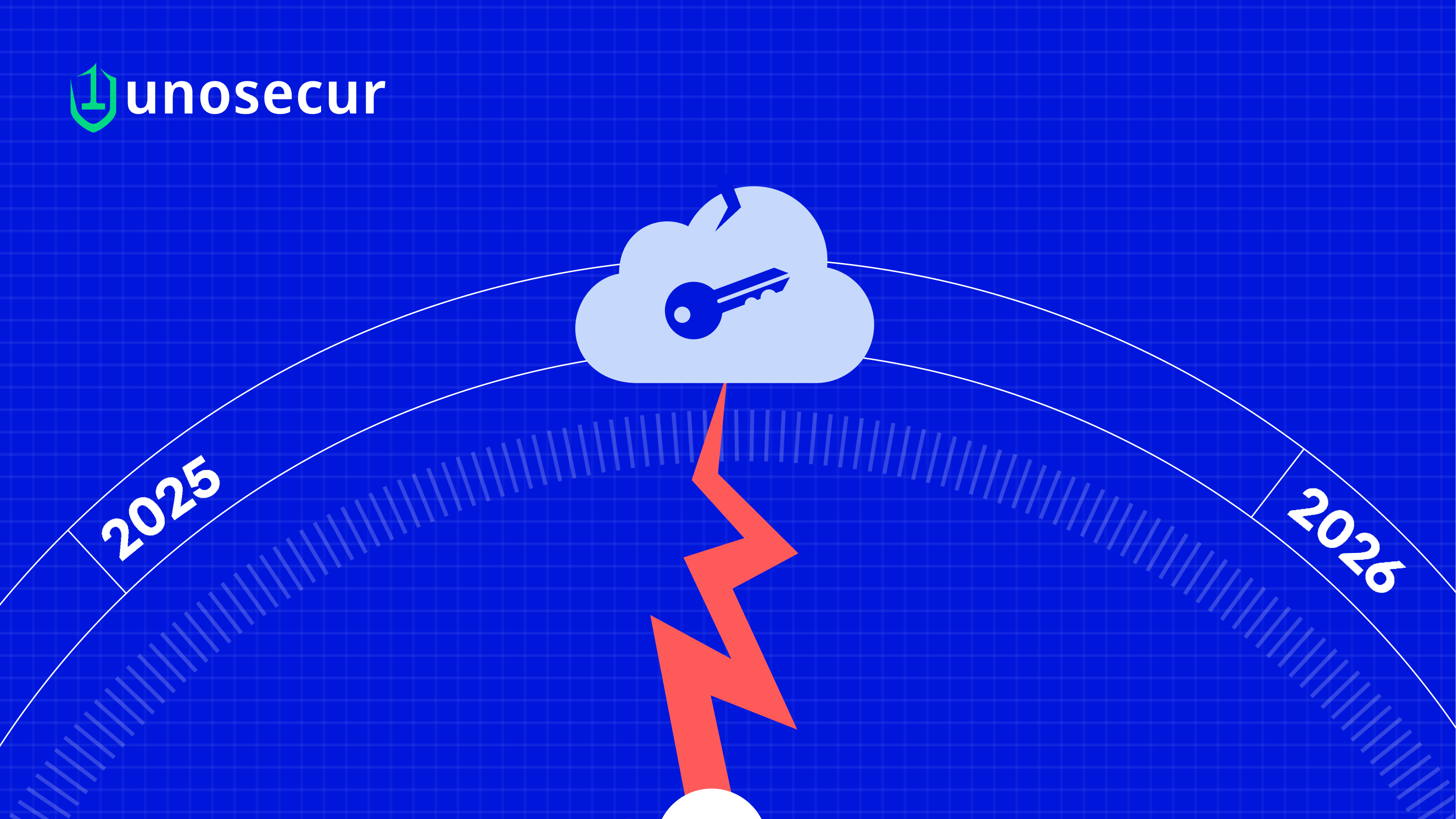ABAC vs RBAC: Six practical differences for Zero Trust identity security

Role-Based Access Control (RBAC) grants permissions through roles (user → role → permissions). Attribute-Based Access Control (ABAC) evaluates attributes—of the user, resource, action, and environment (device posture, location, time, risk) - against policies at request time.
In Zero Trust identity security, ABAC adds the missing context to enforce real least privilege without crushing productivity. Most mature programs run RBAC for baselines and ABAC for sensitive, high-risk activities.
TL;DR
- User friction and speed: RBAC is quiet once roles are assigned; ABAC prompts only when context says risk is high.
- Least privilege in practice: RBAC tends toward standing access; ABAC enables JIT, time-boxed rights.
- Onboarding, moves & changes: RBAC is fast to start but brittle as roles multiply; ABAC adapts to real-world context (contractors, devices, time).
- Exception handling: RBAC exceptions sprawl; ABAC exceptions are policy-bound, approved, and auto-expire.
- Audits & evidence: RBAC shows static maps; ABAC records decision logs per sensitive action.
- Incident containment: RBAC enlarges the blast radius; ABAC gates and limits damage with context and short-lived elevation.
RBAC organizes access; ABAC governs it in real time. If your Zero Trust identity security goal is “never trust, always verify,” you’ll get there faster by keeping RBAC for baselines and adding ABAC where risk lives: at the moment of action.
Given below are the six practical differences between ABAC and RBAC for Zero Trust identity security
1) User friction and speed (ABAC vs RBAC in day-to-day work)
RBAC: After assignment, a role rarely interrupts the user. The trade-off is over-granting to “keep work moving,” which silently accumulates risk.
ABAC: Policies watch the situation: device health, location, session risk, and action sensitivity. Users sail through routine tasks; they see step-up MFA or an approval only when a risky action is attempted.
Example: Customer support unmasking PII
- RBAC: “Support-Tier2” role can view unmasked PII across all cases, 24×7. Fast, but always exposed.
- ABAC: Default shows masked data. “Unmask-PII” requires a linked case ID, reason code, compliant device, and step-up MFA; it’s rate-limited and session-recorded. Routine views stay smooth; sensitive peaks face smart friction.
2) Least privilege in practice (standing access vs JIT)
RBAC: Privileges are “always on” once a role is assigned. Over time, role creep inflates access.
ABAC: Policies grant rights just-in-time and time-bound for the activity window, then revoke automatically. That shrinks the blast radius and the number of dormant high-risk entitlements.
Example: One-off prod log read
- RBAC: Engineer in the “Prod-Read” role has 24×7 access to all production logs.
- ABAC: “read-prod-logs” allowed only with an incident/ticket, compliant device, and step-up MFA; auto-expires in 60 minutes. Exposure drops from “always on” to minutes.
3) Onboarding, moves, and changes (real-world agility)
RBAC: Quick to start (assign a role). As teams shift, business lines evolve, and contractors rotate, you get role explosion and constant re-mapping.
ABAC: Setup is heavier (signals, attributes, policies), but once in place it bends with reality: user type, device posture, geo/time, data classification, and project tags—all without minting yet another static role.
Example: Finance contractor exporting invoices
- RBAC: “Finance-Analyst” role includes export anywhere, anytime—making bulk exfiltration easy.
- ABAC: Permit “export-invoices” only between 9–6 local time, from the company VPN on a healthy device, capped at 2k rows; larger exports need manager approval. Exports are watermarked and logged.
4) Exception handling (from ad-hoc grants to policy-bound relief)
RBAC: Urgent needs drive one-off grants or custom roles. These are hard to find later and even harder to revoke—exceptions become new normals.
ABAC: Exceptions are codified: reason codes, approvers, scope, and expiry live inside the policy. They auto-revert, leaving a clean paper trail.
Example: Temporary GitHub org admin
- RBAC: Assign “Org-Admin” for a sprint and hope someone remembers to remove it.
- ABAC: Allow “admin-change-settings” for 30 minutes after approval; only from a corporate IP on a compliant device. Privilege vanishes on time.
5) Audits and evidence (provable Zero Trust)
RBAC: Easy-to-explain entitlement charts (user → role → perms), but tough to prove least privilege because access is standing and broad. Reviews are periodic and manual.
ABAC: Each sensitive action yields a decision log: who, what, when, where, device health, risk score, policy matched, approver (if any). Auditors get evidence that access was necessary, contextual, and time-limited.
Example: Data analyst querying sensitive tables
- RBAC: “Data-Scientist” role includes PII tables, always on.
- ABAC: “select-PII” allowed only inside approved project workspaces; large queries trigger approval; results auto-redact unless a business justification is provided. Decision logs show the why behind each access.
6) Incident containment (limiting damage fast)
RBAC: Broad, standing privileges ease lateral movement and data exfiltration. Revoking roles mid-incident is slow and coarse.
ABAC: Risk rises → access tightens. Gating by device posture, network, or ticket linkage plus short-lived tokens means compromised sessions have less leverage, and responders can clamp down by flipping policy conditions.
Example: CI/CD service account pushing to prod
- RBAC: Service account holds a permanent “Deploy-Prod” role. If abused, it’s catastrophic.
- ABAC: Permit “deploy-prod” only when the request carries a signed workload identity from the release job with commit and change ticket attached; token TTL = 15 minutes. Abuse window stays small.
Effectiveness of RBAC and ABAC in Zero Trust identity security
When to use which
Use RBAC for everyday stuff.
Give people fixed roles for routine access they need all the time, like email, wiki reading, and standard code repos. It’s simple and fast.
Use ABAC for risky or rare actions.
Add context checks for sensitive moves like production access, data exports, unmasking PII, admin setting changes, or production deployments. ABAC looks at things like device health, location, time, and the exact action, then allows it only if the situation is safe.
Mix both.
Keep RBAC to cover the basics. Add ABAC on top for the moments that matter. This keeps the experience smooth for users while still enforcing real least privilege in a Zero Trust program.
How to measure impact
RBAC health
- Percent of overprivileged users
How many people have more access than they actually need? Lower is better. - Number of roles
The total number of roles within the system should be reduced. Too many roles means complexity and mistakes. Lower or stable is better. - Access review backlog
How many access reviews are overdue or open? A smaller backlog is better.
ABAC effectiveness
- JIT adoption rate
How often is access granted just-in-time and then removed? Higher is better. - Step-up MFA rate on sensitive actions
How often extra verification is asked when the risk is higher. Healthy but not excessive is best. - Denied high-risk attempts
How many risky requests were blocked? This indicates that the policies are effectively identifying and blocking bad or unsafe attempts. - Export caps triggered
How often do data export limits kick in? The signal of attempted large pulls provides useful information. Investigate spikes. - Average elevation TTL
How long does temporary elevated access stay on? Shorter windows are safer.
Audit findings closed How many audit issues have you fixed? More closed findings show real progress.
Explore our other blogs
Don’t let hidden identities cost you millions
Discover and lock down human & NHI risks at scale—powered by AI, zero breaches.



